15
2023.08
Unlike most Chinese university, the campus of Yunnan Normal University is unusually packed with tourists in the summer vacation. The destination of all the visitors is a two-floor infrastructure with a gray stone façade, which housesthe museum of the National Southwest Associated University (NSAU).
During the Japanese invasion from 1937 to 1945, Peking University, Tsinghua University, and Nankai University, three of China's top universities, united to establish this interim institution and continued higher education here. Today, hundreds of tourists from all over the country visit to learn about the stories behind this unique peak in China's educational history.
National Southwest Associated Universities library located in Kunming, Yunnan province (from the website of Peking University Library) What might be surprising is that this site was even more crowded ninety years ago than it is today. As the library of NSAU back then, the small building served as the so-called "heart" of the institution and was one of the most popular spots on campus. Perseverance "Once the door to the pavilion opened, there was only one word left, rush," vividly recalled Guan Rongqin, an NSAU alumni. "Rushing like a landslide, rushing like a tidal wave, even if the door would be broken. We just rushed in, grabbed seats, and grabbed reference books." However, while today the facility greets visitors with a meters-wide piece of calligraphy displaying the motto of NSAU, "Perseverance in Personality," ninety years ago, it could only welcome students with bookshelves made from waste gasoline drums and wooden crate stackers. The calligraphy displaying the motto of NSAU (Photo by Zhang Li) "The windows in the library had no glass, and when the wind blew, we had to hold the books down with something," shared Yang Zhenning, the Nobel Prize winner who spent six years at NSAU, recounting his experience. Moreover, throughout its eight years of operation, the library held no more than 50,000 volumes of books, which is less than 1% of the collections of both Peking University and Tsinghua University today. That is just a glimpse of the hardships endured by NSAU. During the period from 1938 to 1944, Japanese aircraft carried out a total of 281 attacks on Yunnan province, launched a maximum of 27 aircraft in a single day. Those attacks covered almost the entire province, resulting in the deaths and injuries of more than 7,500 innocent civilians. "Life was tough back then, when the Japanese bombers came, there was this loud alarm, the whole city could hear. We needed to run and hide. But we studied hard and our professors, they were the best in China," according to the memoir of Yang Peixuan, the former student of the university. One of the school buildings destroyed during the air attacks (from the Memorial Book of the National Southwest Associated University) On October 13, 1940, the university suffered its most severe bombing. The entire campus of Normal College was completely destroyed, and some residential areas were reduced to rubble, including that of the prominent anthropologist Fei Xiaotong. While he managed to keep the manuscript of his work, which he had been translating at the time. However, the philosophy professor Jin Yuelin was not as fortunate. Years of hard work and a manuscript totaling 700,000 words disappeared in the chaos of that tumultuous evening. Compatibility During the eight years, although shortage of food, equipment, books, clothing and other essential items have always present, staff members and students managed to conduct the running of a modern university, which later became famous for cultivating many prominent intellectuals. It held a complete college and department structure, comprising 5 colleges, 26 departments, two specialized programs, and one preparatory class, covering fields like literature, science, engineering, education law and business. The number of faculty members at the university was consistently maintained at around 350, with more than half professors and associate professors. Standing as an associated university, it upheld the spirit of compatibility. With an open-minded approach, the university allowed different interpretations of the same course content. For instance, two renowned scholars, Wen Yiduo from Tsinghua and Luo Yong from Peking, could give their own course on the same topic, even though they present completely different perspectives. Professors at NSAU (from the Internet) Such an arrangement, akin to "intellectual competition", not only demonstrated fairness, but also promoted healthy competition and encouraged students' critical thinking. Different colors have matched with each other inside the campus, leading to greater beauty, while combination of different music instruments also created harmony and peace. According to Wang Zengqi, a graduate and later on a wide-known novelist, "Professors had absolute freedom in delivering their lectures, deciding what to teach and how to teach it, all at their discretion. With emphasis on innovation, they took pride in presenting pioneering insights while shunning rote teaching methods." This atmosphere of openness and inclusivity not only encouraged academic freedom but also fostered an environment where diverse perspectives could coexist and lead to a rich and vibrant academic environment. Resonance The miracle of the university lies not only in its possession of great scholars but also in its ability to nurture numerous future great scholars. Over the eight years, 3,882 graduates have been nurtured. Considering those who left the university prematurely due to enlisting in the military or other reasons, the total number of students who received education reached 8,000. Among its graduates are 2 Nobel Prize Laureates, 8 pioneers in China's atomic and missile programs and 173 members of the Chinese Academy of Engineering and the Chinese Academy of Sciences, whose influence on academia and scientific advancements in China cannot be overstated. After the war, the three universities returned to their original locations in Beijing and Tianjin. Built amid one of humanity's darkest chapters, the NSAU witnessed the achievements of some of the most legendary professors in modern Chinese history while nurturing a remarkable group of accomplished scholars in various fields. The last exhibition hall in the museum of the NSAU today is designed as a cinema room, showcasing documentaries related to NSAU. However, instead of providing spacious sofas for viewers like a typical cinema, the seats are all hard wooden chairs colored in red with narrow table boards attached to them. These chairs were precisely the ones used by students nine decades ago. Chairs displayed in classroom (Photo by Liu Zhaoxi) Visitors come and sit here in memory of the spiritual home for thousands of youth during the war. The resilience, cooperation, and dedication to education demonstrated by faculty and students during that time continue to resonate in the realm of Chinese higher education today.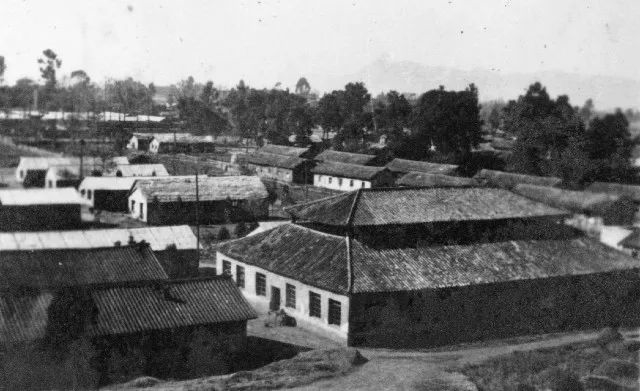
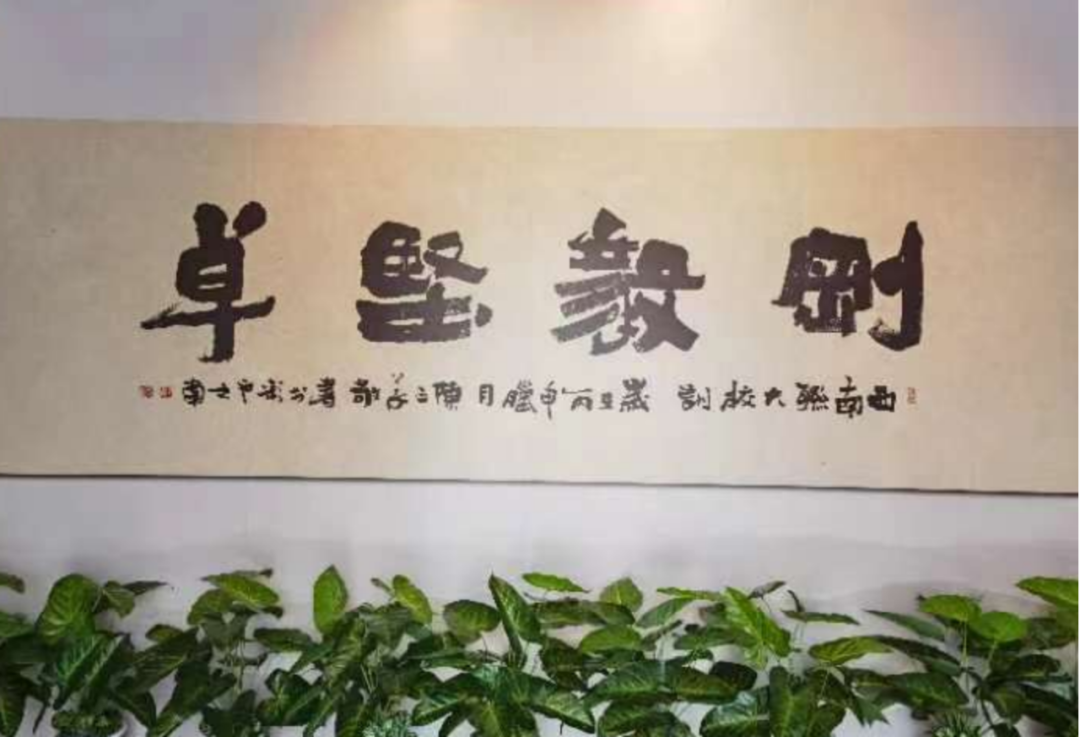
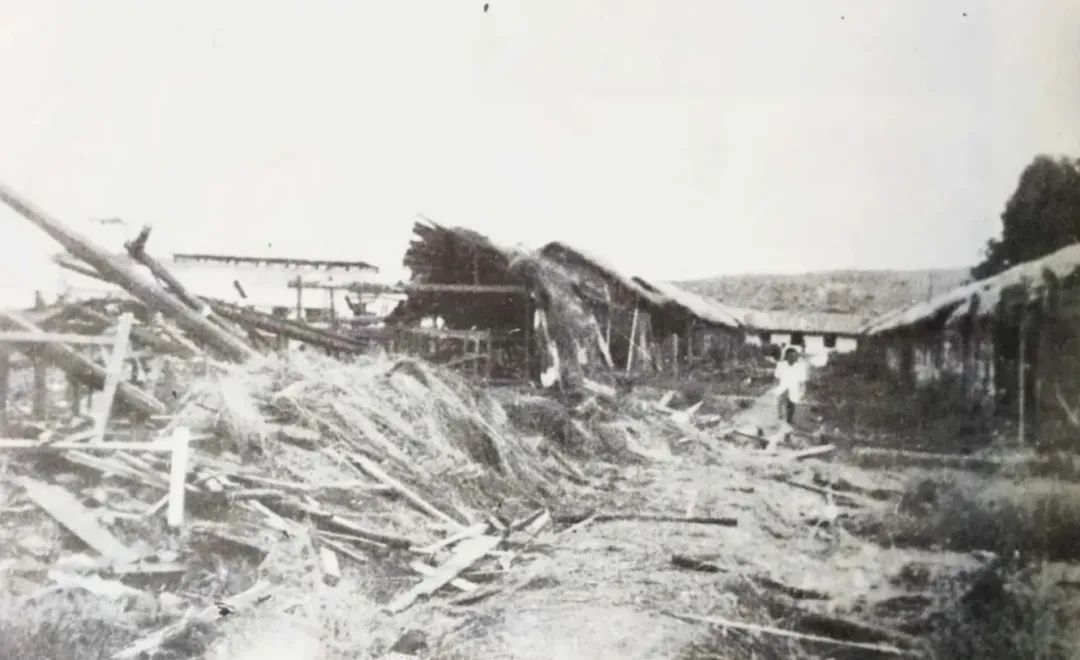
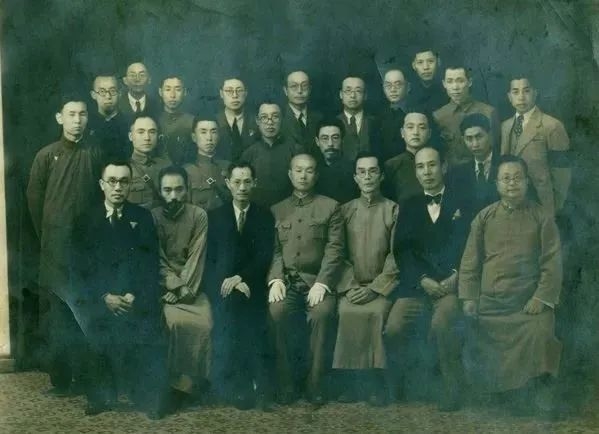
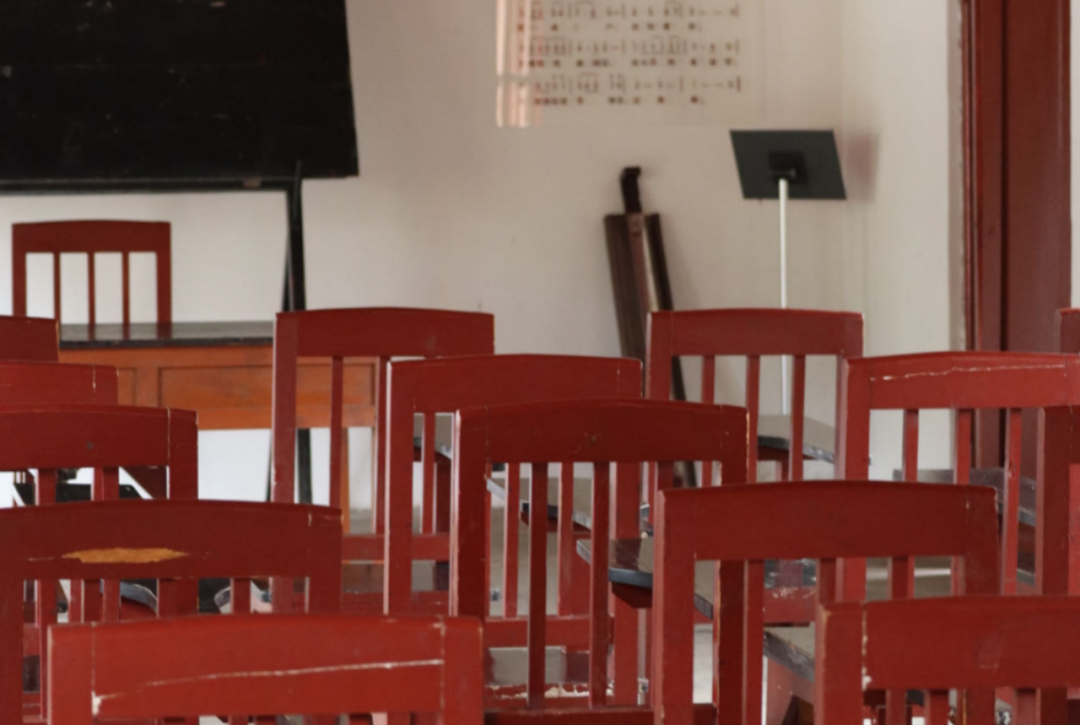
Written by Liu Zhaoxi, Li Huitao

2023.08.14 13:45
05
2025.09
05
2025.09
09
2025.06
 28:32
28:32
2025.06.19 08:55